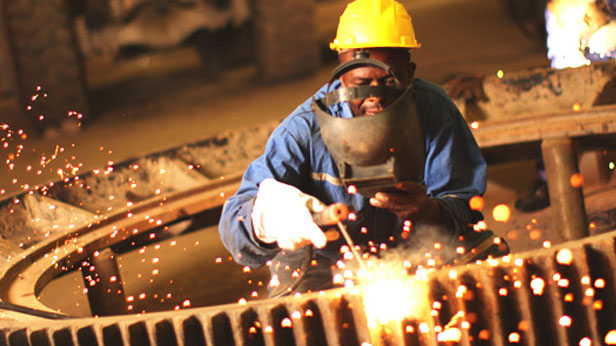
Kampala, Uganda | THE INDEPENDENT | New findings from a study conducted to assess the prevalence of occupational hearing loss among industrial workers shows many of them are unknowingly affected. The study which involved 344 factory workers in Kampala Metropolitan area, found 11% of employees with hearing difficulties assessed by both a smartphone application called Wulira and the Gold standard test alias the pure-tone audiometer.
Dr. Charles Batte, a researcher based at the College of Health Sciences in Makerere University who was the co-investigator on the study, says that their findings show the need for regular screening of industrial workers and for managers of such places to put in place initiatives that limit hearing damage to their employees.
The researchers assessed the efficacy of the app in detecting hearing loss against the gold standard, which is expensive to employ and largely inaccessible. The app, Batte says can be used easily by non-technical people.
According to the findings, people who had worked in these noisy industries for more than two years, had more difficulties hearing than those that had been there for six months. The researchers did not assess hearing abilities of individuals who had just joined the selected companies.
Looking at the findings of the study, Dr. Amina Seguya, an Ear, Nose and Throat (ENT) expert, said many of the patients who end up in hospital with serious hearing difficulties have a history of working in very noisy places, adding that when asked if they ever screened, many say they did not know it was necessary.
Even though it’s required, Seguya says less than 10% of factories have policies for periodically screening their employees and that even for those that have these policies in place, only a few actually do it regularly. For industrial workers however, Seguya says the best to do is prevention, which can be achieved by working in shifts and regular screening to detect complications before they become difficult to reverse.
She recommends people who work in high noise places to screen at least once every year. On her part, Dr. Mariana Agaba, who heads the Occupational Health and Safety Department in the Ministry of Gender, says that they have come up with a regulatory framework for industrial workers requiring them to have a policy statement that clearly stipulates that the nature of work they are engaged in does not danger both the workers and environment.
While there are recommendations for giving such workers ear devices that control noise, Agaba says when protecting workers, you do not go for personal protective equipment but look into options to control noise from the source.
Batte says in future, a study team that was funded by the government through the Makerere University Research and Innovations Fund (MAK RIF) will consider studying the extent of damage to people’s hearing abilities in different noisy environments such as welders, grain mills and broadcast media.
*****
URN
 The Independent Uganda: You get the Truth we Pay the Price
The Independent Uganda: You get the Truth we Pay the Price



